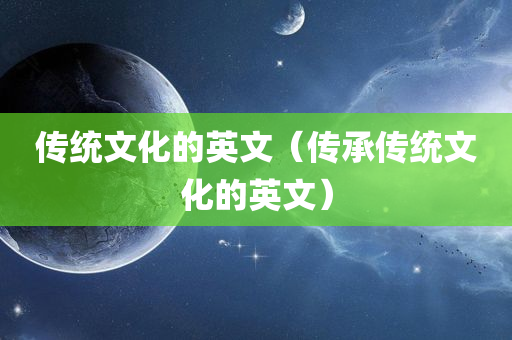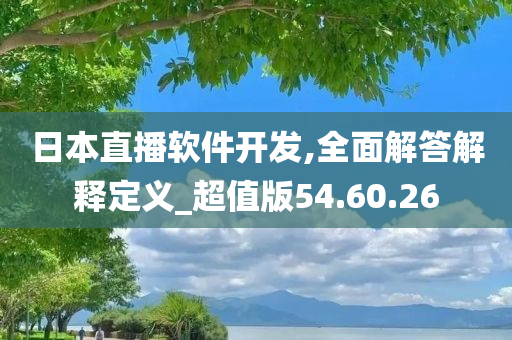**Understanding Traditional Chinese Culture in English: A Glimpse into the Rich Tapestry**
Traditional Chinese culture, with its deep roots and rich heritage, has captivated the world for centuries. For those who are eager to explore this fascinating aspect of Chinese society, understanding it in English can be both enlightening and enriching. This article delves into the key elements of traditional Chinese culture, providing an overview in English for readers to appreciate and learn from.
**1. History and Philosophy**
The history of China is a long and storied one, spanning over 5,000 years. To understand traditional Chinese culture, one must first grasp its historical context. English speakers can explore the dynasties, emperors, and significant events that have shaped Chinese history through various historical texts and resources available in English.
Philosophically, traditional Chinese culture is deeply influenced by Confucianism, Taoism, and Buddhism. These philosophical schools of thought have provided the moral and ethical framework for Chinese society. In English, readers can delve into the teachings of Confucius, the principles of Taoism, and the meditative practices of Buddhism to gain a deeper understanding of these foundational beliefs.
**2. Language and Literature**
The Chinese language, with its unique characters and tonal qualities, is a cornerstone of traditional culture. English speakers can learn about the Chinese writing system, its origins, and its evolution through resources such as dictionaries, textbooks, and online courses.
Chinese literature, from classical poems to modern novels, offers a wealth of insights into the cultural values and aesthetics of the Chinese people. English translations of famous works like "Dream of the Red Chamber" by Cao Xueqin and "The Journey to the West" by Wu Cheng'en provide access to this rich literary tradition.
**3. Art and Architecture**
Traditional Chinese art, including painting, calligraphy, and sculpture, reflects the cultural values and artistic sensibilities of the Chinese people. English speakers can appreciate the elegance of Chinese landscape paintings, the flowing lines of calligraphy, and the intricate designs of traditional Chinese sculptures through online galleries, museum collections, and art books.
Similarly, Chinese architecture, with its distinctive features like upturned eaves and intricate wooden carvings, provides a tangible expression of traditional culture. English descriptions and historical accounts of famous Chinese structures like the Forbidden City and the Terracotta Army offer insights into the architectural heritage of China.
**4. Festivals and Rituals**
Chinese festivals and rituals are an integral part of traditional culture, embodying the cultural values and beliefs of the Chinese people. English speakers can learn about the significance of events like the Spring Festival (Chinese New Year), the Dragon Boat Festival, and the Mid-Autumn Festival through articles, videos, and cultural guides.
**5. Traditional Medicine and Health Practices**
Traditional Chinese medicine (TCM) is another aspect of Chinese culture that has gained international recognition. English speakers can explore the principles of TCM, including acupuncture, herbal medicine, and tai chi, through academic journals, online courses, and cultural exchanges.
**Conclusion**
Understanding traditional Chinese culture in English opens up a world of knowledge and appreciation. By exploring the history, philosophy, language, art, festivals, and health practices of China, English speakers can gain a deeper insight into this ancient civilization and its enduring legacy. Whether through literature, art, or personal experiences, the study of traditional Chinese culture in English is a journey worth embarking on.
转载请注明来自上海宁田卡瓦口腔诊所有限公司,本文标题:《传统文化的英文(传承传统文化的英文)》
百度分享代码,如果开启HTTPS请参考李洋个人博客










 沪ICP备2021033436号-3
沪ICP备2021033436号-3  沪ICP备2021033436号-3
沪ICP备2021033436号-3
还没有评论,来说两句吧...